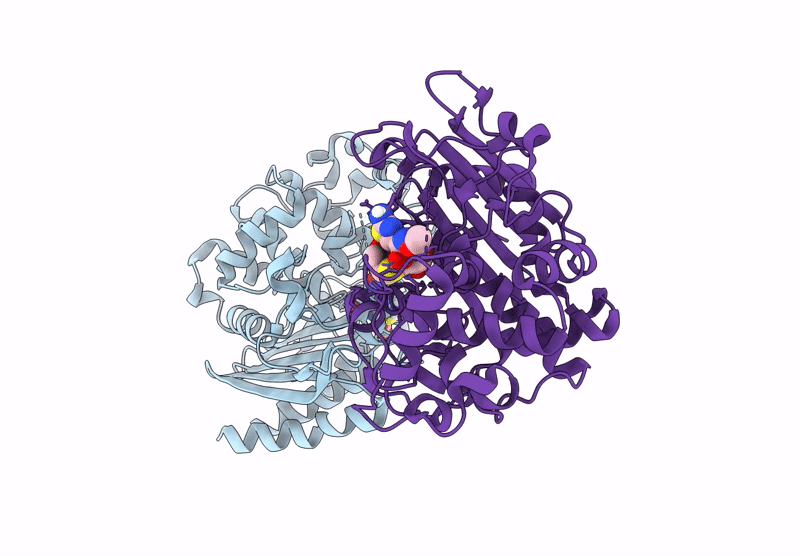
Deposition Date
2024-11-25
Release Date
2025-05-14
Last Version Date
2025-07-23
Entry Detail
PDB ID:
9EHY
Keywords:
Title:
X-ray crystal structure of ADC-33 beta-lactamase in complex with ceftazidime in acyl and product forms
Biological Source:
Source Organism:
Acinetobacter baumannii (Taxon ID: 470)
Host Organism:
Method Details:
Experimental Method:
Resolution:
1.57 Å
R-Value Free:
0.21
R-Value Work:
0.19
R-Value Observed:
0.19
Space Group:
P 21 21 21


